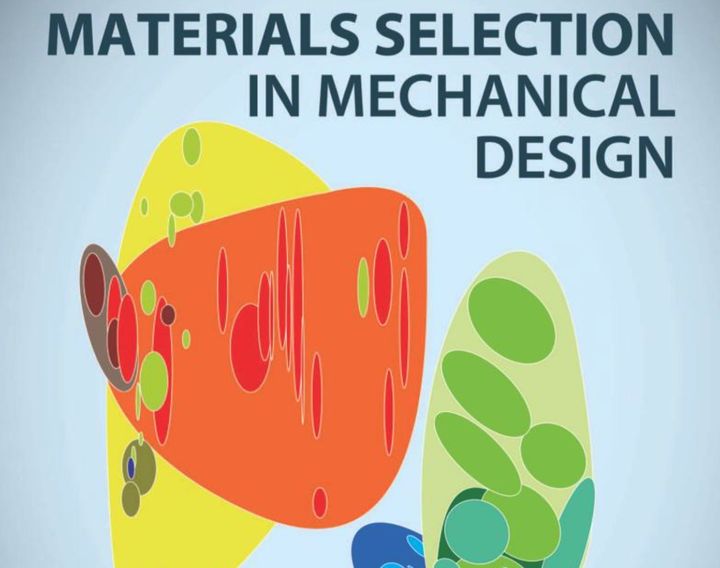
This week’s selection is “Materials Selection In Mechancial Design” by Michael F. Ashby.
Mechanical design is a process many Fabbaloo readers undertake, as they pursue projects and require mechanical parts produced on their 3D printers. But how does one go about selecting the right material for the job? Is it to simply use whatever material is laying around in a partially used 3D printer filament spool?
It turns out the solutions are far more complex, and that’s what this book is about.
To begin, this text first explores the nature of the design process, and identifies where materials selections should be made and how those decisions integrate with design tools.
Ashby then explains some meta-information about materials that’s required to properly evaluate material options. This includes material properties, the units of measurement used in material specifications and more. Ashby shows several commonly used material property chart styles that can be used to help identify the optimal materials for a situation. Without an understanding of these, no evaluations can take place.
Ashby explains a basic process one can undertake to perform a materials selection. This may involve computational resources, but can also be done manually.
Materials are usually not static, and their properties can be altered by various processes. Ashby explores several common materials processing steps, such as joining or finishing to explain what you may expect after the process.
A big factor in materials selection is cost, and Ashby dedicates an entire chapter to the topic. It’s not just the cost the materials that matters, but also the cost of processing the materials. For 3D printing, the answer for that is usually about the same, but when exotic materials are used the answers can vary significantly.
Ashby discusses the inevitable conflicts between requirements that develop. Very often there are no materials that hit all the requirements, and thus you’ll hear the term “unobtainum”, which refers to a fantasy material that is perfect in all aspects. Of course, it doesn’t exist and you must compromise. That’s the process discussed by Ashby.
There’s tons more in this book, including:
- The effect of lifecycle on material properties
- Material shape effects
- Sustainability
- Environmental aspects
- Hybrid materials
Ashby discusses these and includes numerous case studies to illustrate his concepts.
While the materials selection regimes described in this book are likely overkill for many 3D printing projects, there are many high-level concepts and processes that are in fact applicable. This will become more important in future years as the number of available 3D printing materials continues to increase significantly.
We’re an Amazon Associate and earn a small fee from qualifying purchases. Help support our 3D print news service by checking out this book!
Via Amazon
